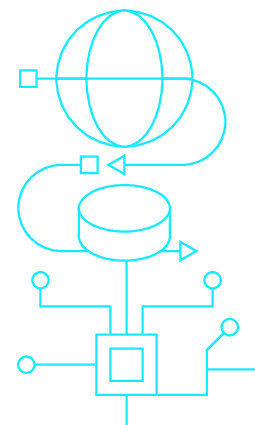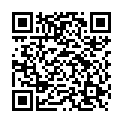|
|
|
| Module code: KIB-IJA2 |
|
2V+2P (4 hours per week) |
|
5 |
| Semester: 6 |
| Mandatory course: no |
Language of instruction:
German |
Assessment:
Project, presentation, documentation
[updated 24.02.2018]
|
KI577 (P221-0082) Computer Science and Communication Systems, Bachelor, ASPO 01.10.2014
, semester 6, optional course, technical, course inactive since 31.03.2024
KIB-IJA2 Computer Science and Communication Systems, Bachelor, ASPO 01.10.2021
, semester 6, optional course, technical, course inactive since 31.03.2024
KIB-IJA2 Computer Science and Communication Systems, Bachelor, ASPO 01.10.2022
, semester 6, optional course, technical, course inactive since 31.03.2024
PIBWI21 (P221-0082) Applied Informatics, Bachelor, ASPO 01.10.2011
, semester 6, optional course, informatics specific, course inactive since 31.03.2024
PIB-IJA2 Applied Informatics, Bachelor, ASPO 01.10.2022
, semester 6, optional course, informatics specific, course inactive since 31.03.2024
|
60 class hours (= 45 clock hours) over a 15-week period.
The total student study time is 150 hours (equivalent to 5 ECTS credits).
There are therefore 105 hours available for class preparation and follow-up work and exam preparation.
|
Recommended prerequisites (modules):
None.
|
Recommended as prerequisite for:
|
Module coordinator:
Dipl.-Inf. Christopher Olbertz |
Lecturer: Dipl.-Inf. Christopher Olbertz
[updated 01.10.2022]
|
Learning outcomes:
After successfully completing this course, students will:
- be able to set up, configure and operate a Liferay portal server.
- be able to develop their own portlets that correspond to the standard.
- be able to develop their own portlets with the Liferay API.
- be able to use Apache Tiles as a templating mechanism.
- be able to use other Spring projects in their web application.
- be able to develop their own applications in Vaadin.
[updated 24.02.2018]
|
Module content:
This lecture is based on "Internet Development with Java 1" and teaches further concepts in web page development with the programming language Java. One of the topics is for example, the construction and operation of a Java portal based on the OpenSource container Liferay using the SystemTechnikPortal that runs in the SystemTechnikLab. First, the concepts of the portlet standard (JSR 286) and the development of portlets with the standard will be discussed. Then, we will learn about Liferay´s proprietary API that makes development much easier. In addition, Vaadin will be introduced as an alternative View technology to JSP/JSF.
1. Portlet concepts and basics
1.1. Introduction: basics and concepts of portlet technology
1.2. Liferay as a portlet container
1.3. Portlet 2.0 (JSR 286)
1.4. JavaServer Pages (JSP) as a standard presentation technology
1.5. Basic administration of a portal server
2. Liferay API
2.1. Developing with the Plugins SDK
2.2. Service Builder
2.3. Liferay portlet MVC
2.4. Managing users and permissions
2.5. Hooks
3. Apache Tiles as a templating mechanism
4. Spring in web applications
4.1. Spring MVC
4.2. Spring Webflow
4.3. Spring Data JPA
4.4. Spring Security
5. Vaadin GUI framework
5.1. How Vaadin works
5.2. Vaadin and JSF: a comparison
5.3. Portlets with Vaadin
[updated 24.02.2018]
|
Teaching methods/Media:
Transparencies with notes, exercises, Kahoot quiz, GlassFish as an application server
[updated 24.02.2018]
|
Recommended or required reading:
Richard Sezov: Liferay in Action
Xinsheng Chang: Liferay 6.2 - User Interface Development
Baumann, Arndt, Engelen, Hardy, Mjartan: Vaadin - Der kompakte Einstieg für Java-Entwickler
Craig Walls: Spring im Einsatz
[updated 24.02.2018]
|


